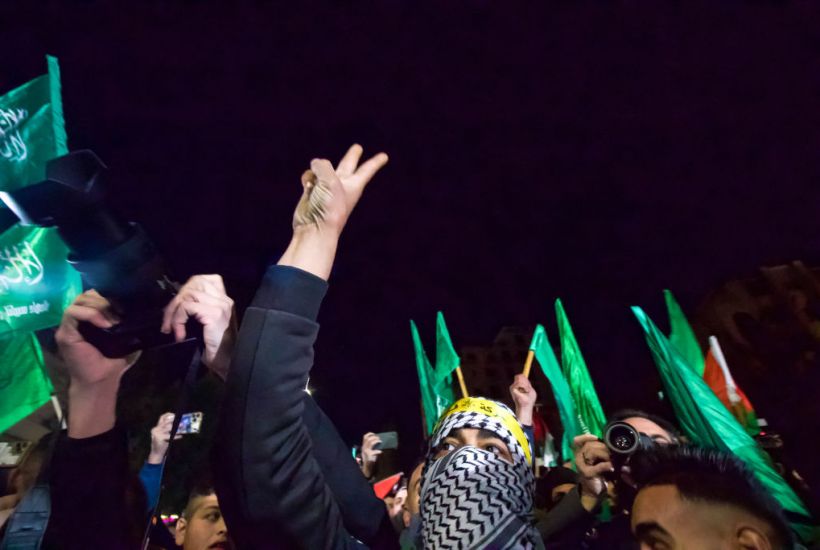Early this morning, Hamas fired the first shot that signalled the end of its ceasefire deal with Israel, roughly an hour before the truce was due to expire. Before the ceasefire broke there had been a night of intense negotiations over the next stage of the hostage releases. Hamas, as it has done since negotiations started, tried every trick in the book to buy time and maximise its gains.
Already a subscriber? Log in
Subscribe for just $2 a week
Try a month of The Spectator Australia absolutely free and without commitment. Not only that but – if you choose to continue – you’ll pay just $2 a week for your first year.
- Unlimited access to spectator.com.au and app
- The weekly edition on the Spectator Australia app
- Spectator podcasts and newsletters
- Full access to spectator.co.uk
Or




















Comments
Don't miss out
Join the conversation with other Spectator Australia readers. Subscribe to leave a comment.
SUBSCRIBEAlready a subscriber? Log in